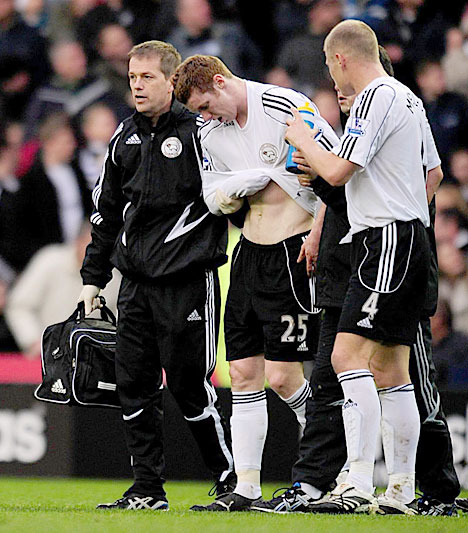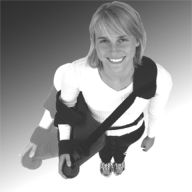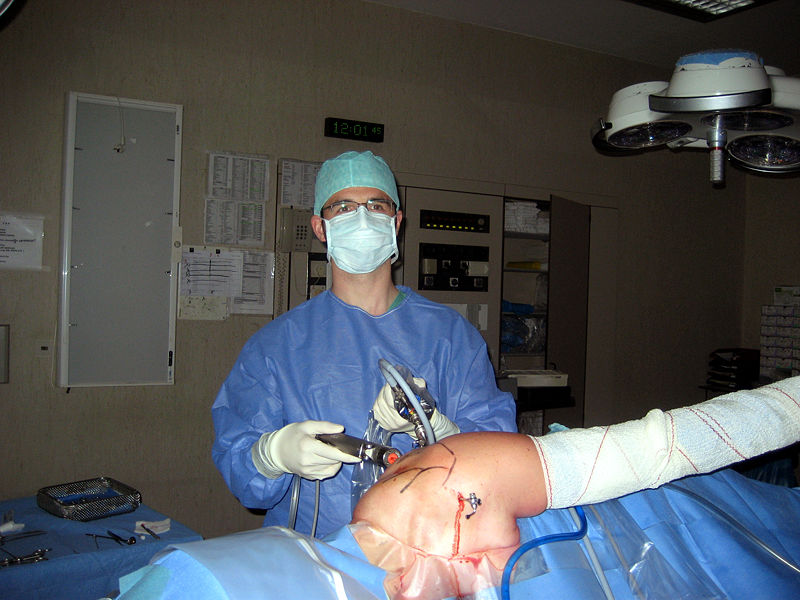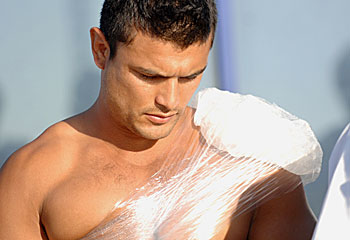Management of Recurrent Anterior Shoulder Dislocation
First Aid Management:
|  |
 External Rotation Method  Scapular Manipulation Method | Reduction (putting back in place): Follwoing medical examination several techniques may be used to relocate the arm to its normal allignment. Two common methods used include:
In the rare event that the dislocation cannot be reduced surgery may be required. |
Conservative Management (non-surgical): Conservative management often involves a period of immobilisation (limiting movement) of the affected arm in a sling for 3-6 weeks. Current research suggests placing the arm in a position were it is turned out (external rotation) 30 degrees day and night reduces the rate of recurrent dislocation (Itoi et al, 2003). The goals of conservative management are:
|
 Neutral and External Rotation sling / brace |
Non-conservative Management (surgical):
Two commonly used surgical procedures may be performed to repair damaged structures and decrease the likelihood of redislocation:
 |
|
Rehabilitation Goals (Brukner & Khan, 2007)
Acute phase (immediately post reduction):
|
 |
Recovery Phase:
|
Functional phase:
- Increase flexibility, power and endurance
- Sport or work specific activities
Example Rehabilitation Protocol
Some appropriate exercises for phases of rehabilitation are illustrated below. Note: exercises should not be performed without prior consultation with a suitably qualified health proffessional such as a physiotherapist.
Below is an example of a typical rehabilitation protocol following open reduction for recurrent anterior shoulder dislocation (Brukner and Khan, 2007, Shoulderdoc, 2009, Magee, 2008):
Day 1-3 weeks (Acute)
| Pendular exercise (left shoulder at 45 degrees): Patient will allow arm to hang and move arm in pain free directions. Aggravating positions as mentioned should be avoided. |
3-6 weeks (Recovery)
| 4 point kneel: Patient allows some weight to be taken through the shoulder joint. If reproduction of symptoms or pain occurs the exercise should be stopped. |
6-12 weeks (Functional)
| Coordination (Proprioceptive) exercise: Pain free rolling of ball in a figure of 8 against the wall to aid in regaining coordination of the shoulder. |